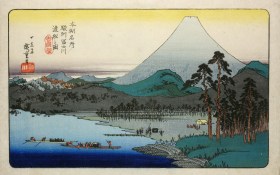There were only three subjects that Nasim Nasr learned about as a young art student in Iran.
‘I knew from a young age that I wanted to grow up and study art,’ says Nasr. ‘But once I arrived at art school, I knew that something wasn’t right. Why were we only studying men, objects and landscapes?
‘I decided that I was going to learn about female bodies, female shapes and anatomy outside of the university,’ she continues. ‘My first act of rebellion was gathering female students from the university and going underground to a hidden basement where we would do life drawing classes.’
Born in Tehran in 1984, just five years after the Iranian Revolution and overthrow of the Shah, Nasr grew up in a world in which women were censored and obscured across every facet of life.
‘After the Revolution, [Iran] completely erased the feminine form in society,’ Nasr explains. ‘If you went to the newsagency and picked up an edition of Vogue, for example, you would find that all the women’s bodies had been erased with thick, black marker. There are people employed to do that in Iran; their jobs are to go through thousands and thousands of magazines just to erase female figures.’
Nasr moved to Australia in 2009 – first to Newcastle and then to Adelaide, where she obtained her Master of Visual Arts (Research) from the University of South Australia. For someone like Nasr, leaving Iran wasn’t so much a nice thought, as it was a necessity. She recalls her father telling her that if she wanted to be an artist, she had to get out of the country.
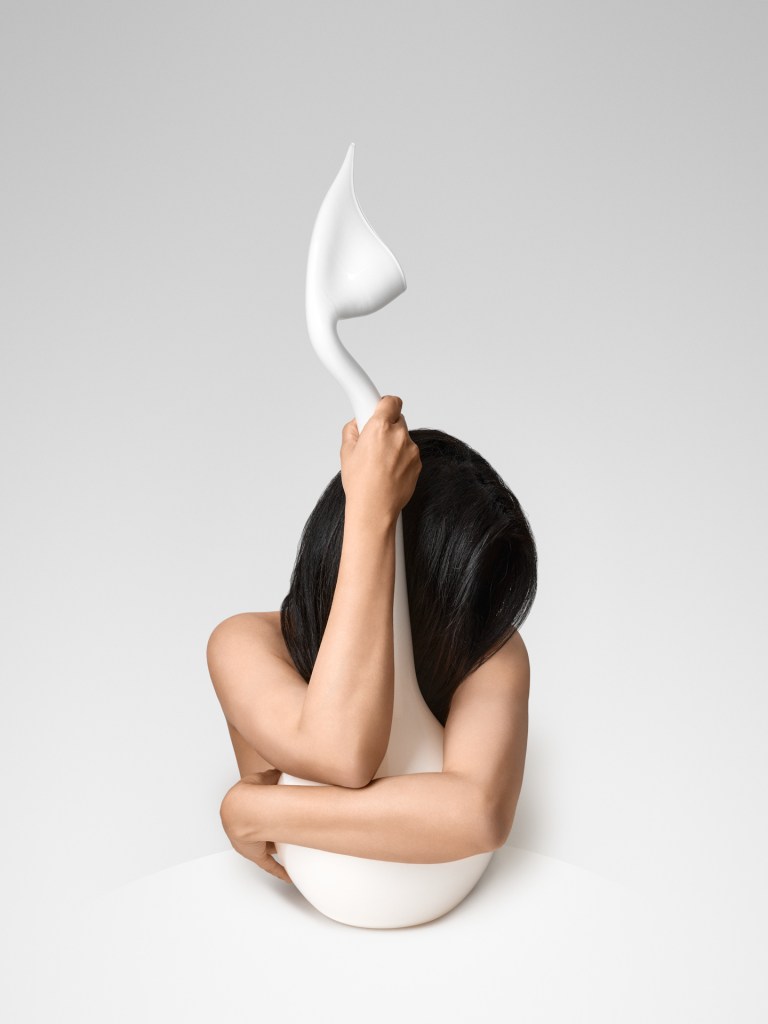
When ArtsHub speaks to Nasr, she is preparing to launch her debut solo exhibition at MARS Gallery in Melbourne. Titled Impulse, it is on view in the Windsor-based gallery until 22 April.
‘Every time I make art, there is a push and an impulse from within,’ Nasr explains, referring to the title of her exhibition. ‘My work changes all the time. I am never the same person.’
When 22-year-old Mahsa Amini died in hospital last September after being arrested and reportedly beaten by Iran’s so-called ‘morality police’, Nasr felt that familiar impulse spark from deep within her once again.
‘It punched my heart, knowing that I am still responsible for all the women and artists who are being kept behind that wall in my home country,’ says Nasr. ‘I can’t feel peace while that’s still happening. I can’t feel peace until they gain the freedom that they’re fighting for. That’s why I started fighting with them and voicing the cause across my social platforms and my art practice.’
Nasr is not the only artist who is lending her support to the movement from afar. Within days of Amini’s death, the movement had spread to countries around the world. People from all different communities and backgrounds were taking to the streets, to social media and to institutions to protest against Iran’s mandatory hijab and the Islamic Republic itself.
Read: Women at the height of their artistic powers
Melbourne-based artist Hoda Afshar was quick to respond, unveiling her six-part photographic installation, Women, Life, Freedom (2022) at the MuseumsQuartier Wien (Vienna) in October last year.
In her artist’s statement, Afshar said: ‘Since the beginning of this movement, Iranians at home and abroad have been determined not to stop sharing such images, as they are our only weapon and embody our message: we stand together against violence and for women, life and freedom.’
In a regime where images and words are heavily censored, art stands as a powerful tool for dissent. Nasr says: ‘We are empty-handed, but now we have the internet to advance the movement. In the past, that was impossible. Social media is a weapon. The internet is a weapon.’
‘It’s not just about women, it’s about humanity’
For Impulse, Nasr has created a collection of ashkdān, glass ‘tear-pots’ that were originally hand-blown by the women of the Qājār dynasty in Iran. The artist explains that, during times of war and separation, women would use these vessels as receptacles for their tears.
‘When a war ended, the women would present these pots to their loved ones as a kind of celebration,’ Nasr explains. ‘They would tell their loved ones: “This is how much I went through, being separated from you.” It was something for them to measure.’
It’s fitting, then, that Nasr has titled the series of photographs that accompany her ashkdān, Measure of Love (2023). In these photographs, Nasr places herself in the picture frame, embracing enlarged versions of these vessels in tender moments of vulnerability.
‘I wanted to enlarge these objects and to create a new context for them. We are no longer individual[s] with our emotions. We collectively feel and go through emotions together,’ Nasr says. ‘That collective emotional capacity enlarges our existence and our empathy.
‘When one member of the world is unwell, the entire world can’t breathe properly,’ she continues. ‘I think it’s very important to heal the sick member, so that we can all be healed.’
Read: More than a singular image: womanhood through the work of four photographers
Ramak Bamzar, another Melbourne-based Iranian artist, is also driven by a desire to foster empathy and understanding across cultures. When the protests began in Iran late last year, Bamzar recalls feeling helpless. It took some time before she decided to channel those emotions into her art. ‘Rage is good, but I needed to use that rage and put it somewhere productive,’ she tells ArtsHub.
Like Nasr, Bamzar is interested in drawing upon historical references to explore present realities. After graduating from RMIT University last year with a Master of Fine Arts, her work is now showing at Blindside’s annual group exhibition Debut (until 22 April), curated by Nina Sanadze and Priya Namana.
For Debut XIX, Bamzar presents three photographs from her Moustachioed Women and Rhinoplastic Girls (2022) series – an experimental series where the artist explores religious dogma, gender inequality, and censorship in contemporary Iran.
‘This series draws a parallel between women from 19th century Iran and women in contemporary Iran,’ Bamzar says. ‘My intention was to show how patriarchy and control plays out in women’s bodies. Seeing how this has emerged and evolved over time is really fascinating.’
In these staged portraits, Bamzar reveals how women’s bodies have been policed and scrutinised time and time again under patriarchal systems. Here, beauty standards are shown to be fickle and fleeting, wholly subject to the whims of male desire.
While facial hair and weight gain was fashionable for women during the 19th century, many Iranian women today face pressures from men to seek out rhinoplasties and other cosmetic surgeries.
Bamzar explains: ‘Time has passed but things have stayed the same. In the 19th century, we had to put on weight, we had to have moustaches to be pretty. But now, we have to have a nose job, we have to have the perfect body. Why? What the hell is that about?
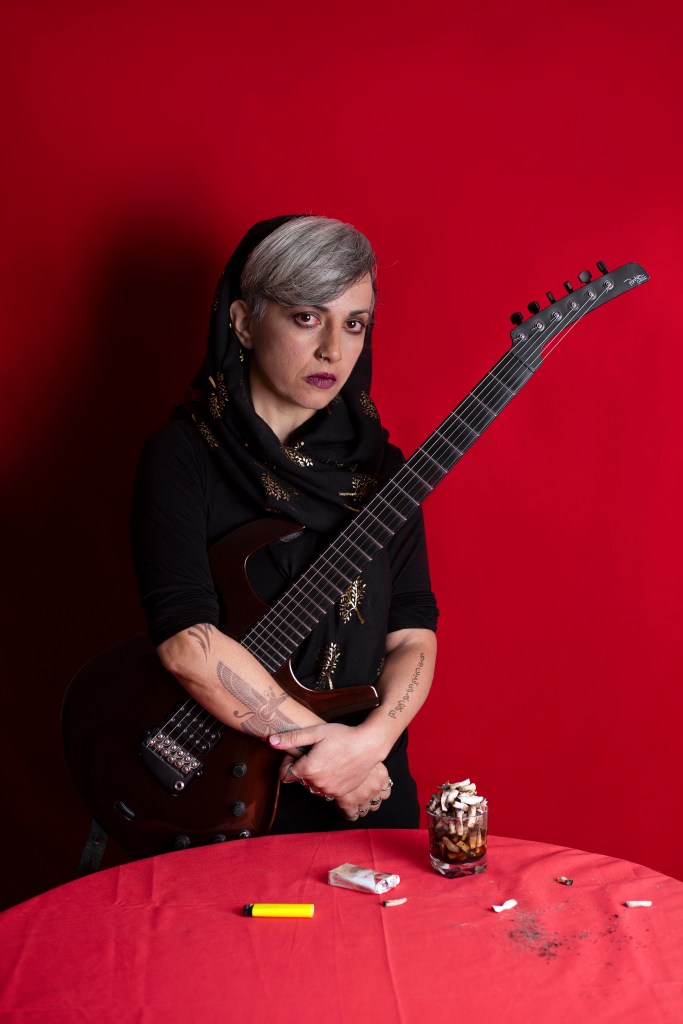
‘We don’t want men to make decisions for us anymore. We want to be ourselves,’ she continues. ‘It’s not just about women, it’s about humanity.’
It’s been over six months since the protests began, but protesters in Iran and around the world are still making their presence known – in the streets, online and in their art. The consensus is that the tide is slowly turning. Hope is stronger than ever and there is a feeling that, this time around, things are going to change for the better.
‘This is history in the making,’ Bamzar says. ‘I feel so happy to be alive to witness this moment. I always thought that the revolution was going to come after I died. Change takes time, but it will happen.’
Back in MARS Gallery, Nasr is also choosing to cast her gaze forwards. ‘We are going through war, but I believe that there is a celebration on the horizon,’ she says. ‘Nothing is bad forever. We have to keep fighting and we have to keep breathing life into the movement.’
Upstairs in the gallery, Nasr is exhibiting nine works from her Triumph (2023) series – a collection of photographs that depict various hands performing the beshkan.
The beshkan, Nasr explains, is a celebratory gesture that is recognised across the Middle East as a symbol of happiness and joy. ‘It’s a very natural, quick response for Middle Eastern people,’ she says. ‘For this series, I invited people from different backgrounds to celebrate with me.’
Where there is oppression, even the simplest gesture of celebration can stand as a powerful symbol of resistance. Here, the beshkan represents survival and unity. For Nasr, these photographs honour the bravery and resilience of all the people in her home country who are risking everything – even their lives – to fight for a better future.
There is a prophetic quality to these photographs. One almost feels as if the hands in Nasr’s images are reaching out beyond the frame and pulling us in to join them in this day of celebration.
For artists like Nasr and Bamzar, that day is not far from here. The revolution has already arrived; triumph is on its way.
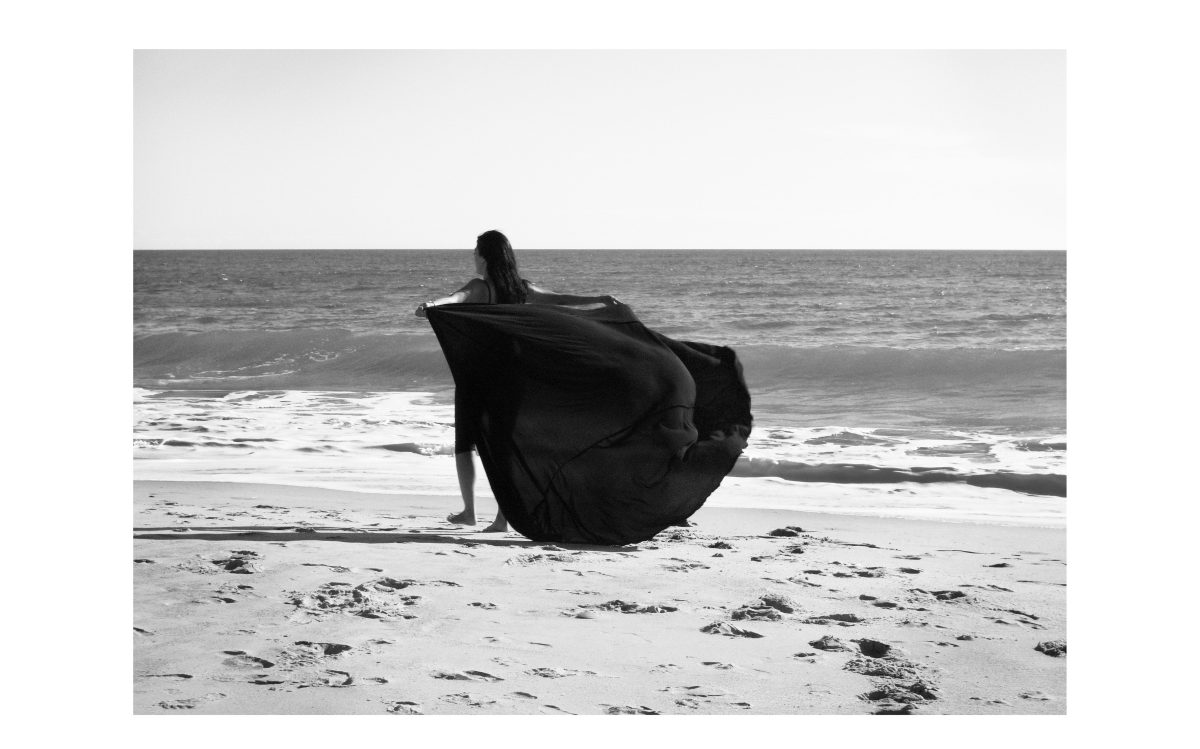
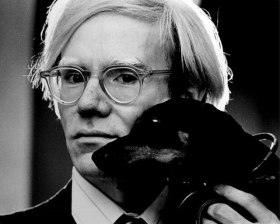
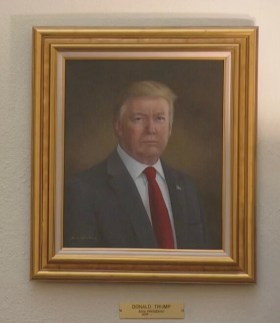
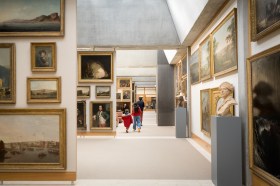
_Encounters-in-Reflection_Gallery3BPhoto-by-Anpis-Wang-e1745414770771.jpg?w=280)
